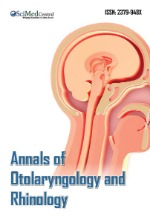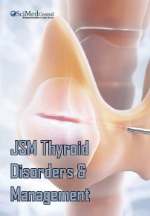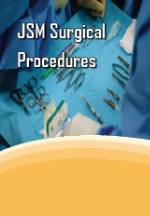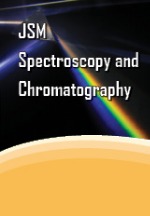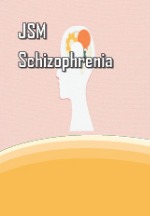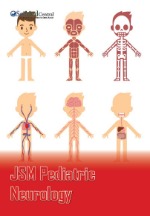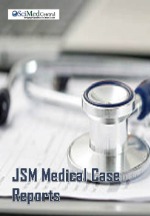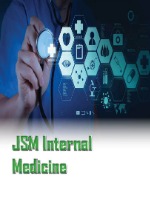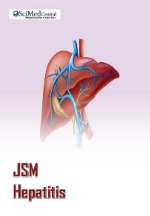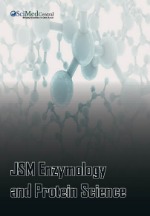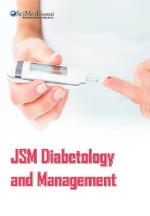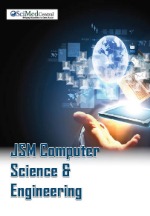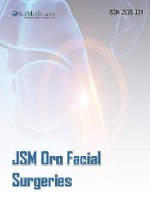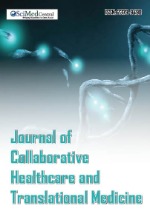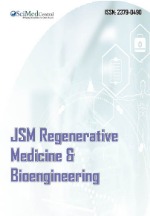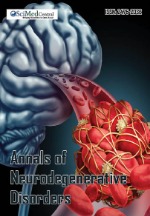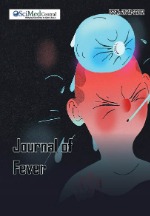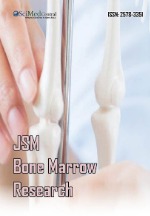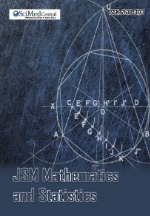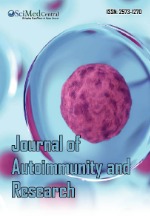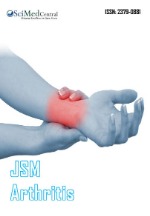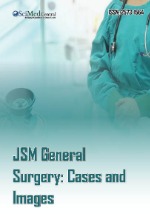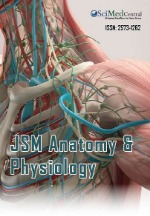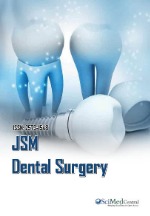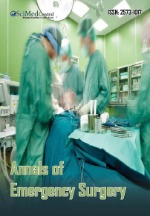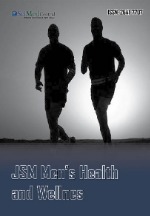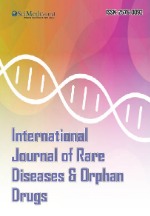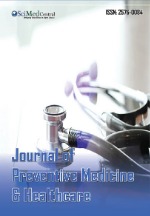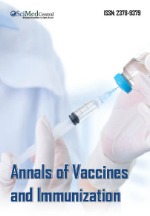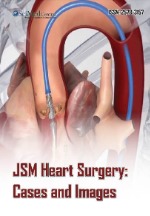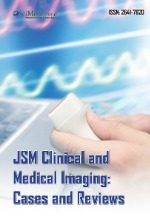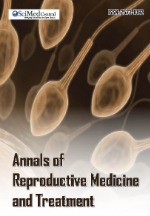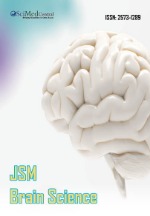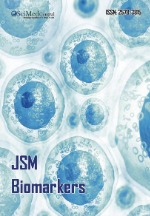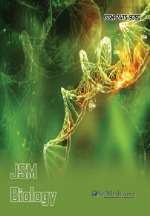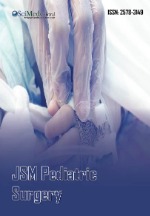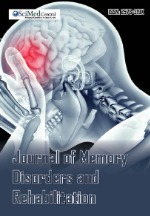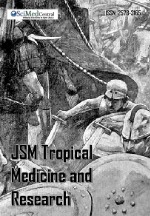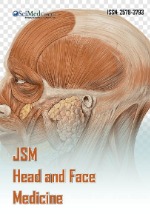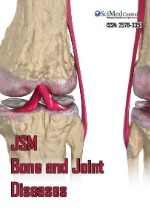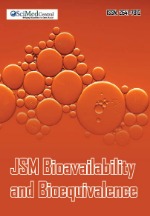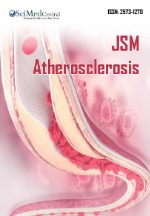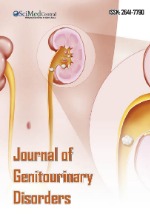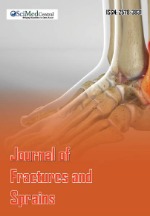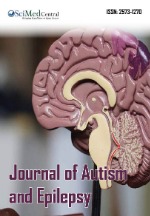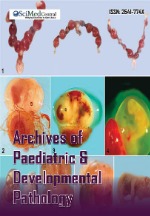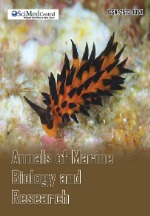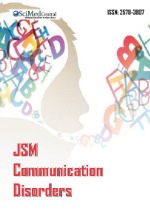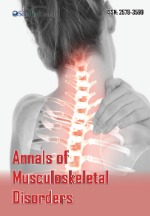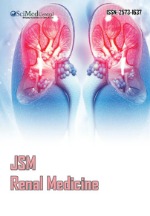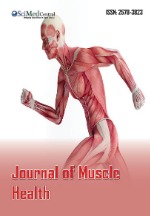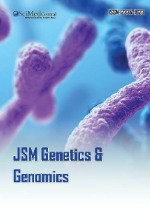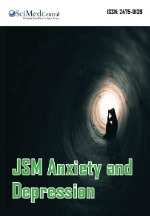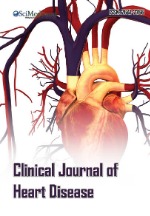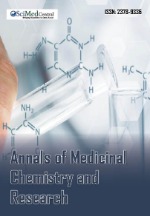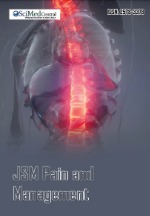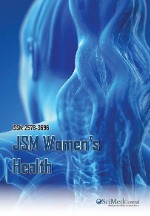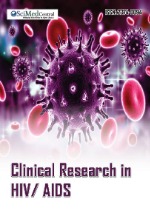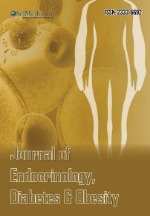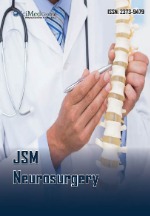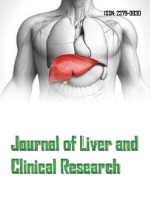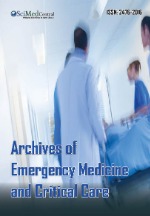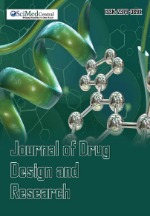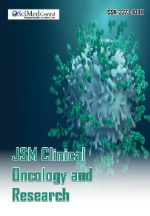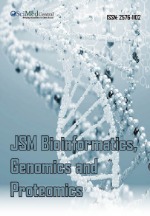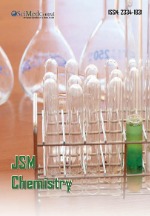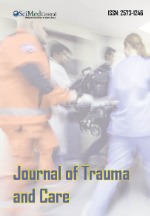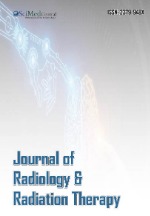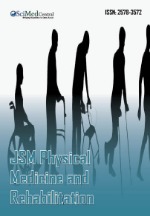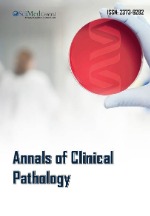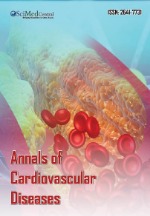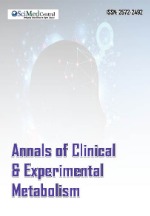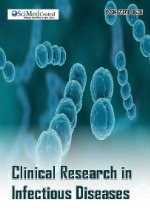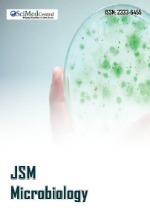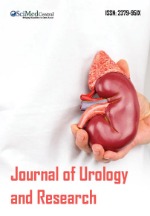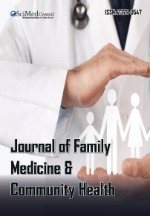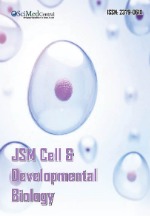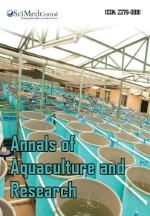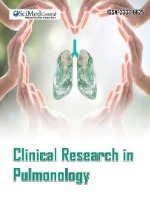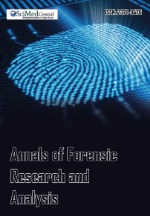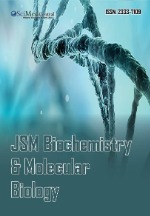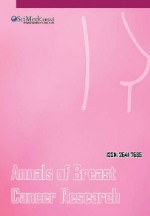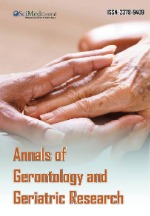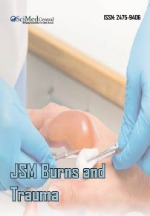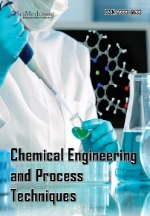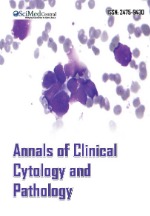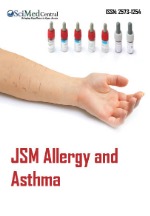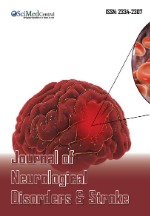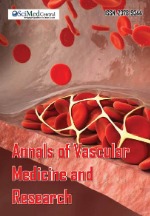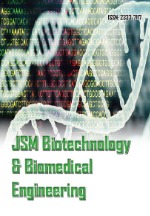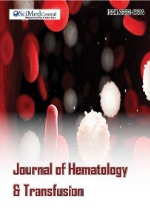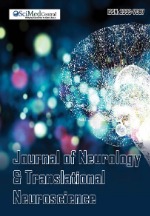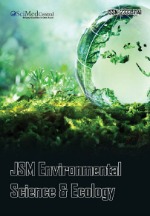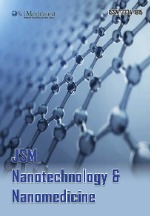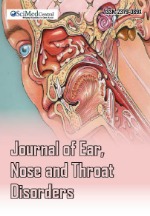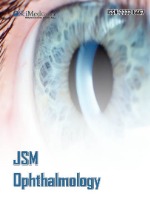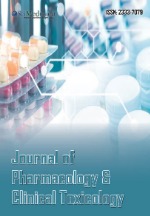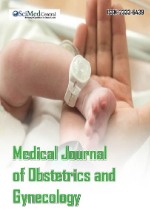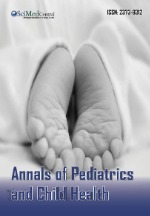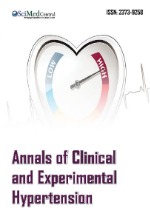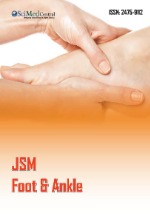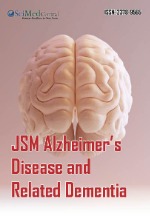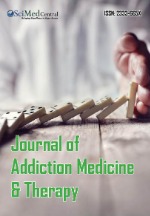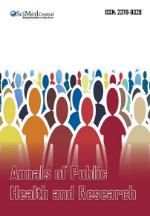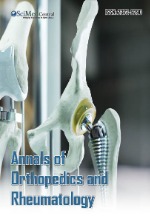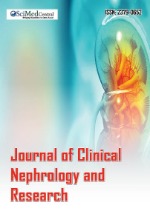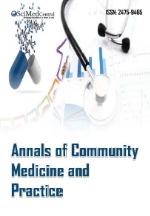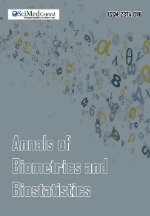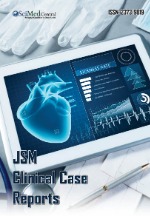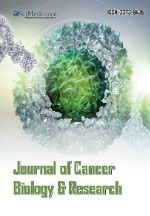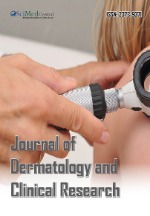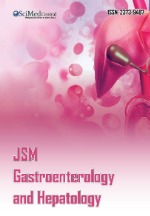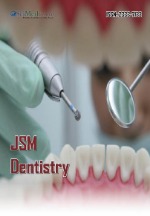Deep Sedation with Dexmedetomidine and Propofol for Oral Surgery: A Retrospective Study
- 1. Department of Pediatric Anesthesiology, Woman and Children’s Hospital of Buffalo, United States
- 2. Department of Oral Maxillo Facial Surgery, University Pediatric Dental Associates, United States
- 3. Department of Pediatric Dentistry, University Pediatric Dental Associates, United States
- 4. Anesthesiology, Pediatrics, Pediatric & Community Dentistry, SUNY@Buffalo, Attending Physician, Anesthesiology and Division Pediatric Critical Care, Woman and Children’s Hospital of Buffalo, United States
Abstract
Introduction: Propofol is frequently used as part of a deep IV sedation regimen for third molar extractions. Our clinic experienced severe drug shortages during 2012-2013 resulting in the use of alternative sedation plans. This review reports the use of IV dexmedetomidine load dose, using multiple small boluses as an alternative to propofol in conjunction with midazolam and fentanyl. The quality of sedation and need for additional propofol was evaluated.
Methods: After Investigational Review Board (IRB) approval we performed a retrospective review of our QA database with respect to this sedation technique. Data collection included patient demographics, drug dosing, cardio-respiratory parameters, sedation assessment and complications. Dexmedetomidine (0.7 mcg/kg) was administered as 4 boluses, along with 2 doses of 2 mg midazolam and 1 dose of 100 mcg fentanyl. After a 6-minute pause to allow adequate time for dexmedetomidine onset the procedure was started and adjunct propofol 10 mg increments were used if needed.
Results: The charts of 70 patients were reviewed, mean age of 17.7 years. In 46% of the patient’s deep sedation was satisfactorily provided without the need for propofol. The mean BIS score of 65 was no different to those patients who required propofol for satisfactory sedation. The discharge times for those patients who did or did not receive propofol was not different. The incidence of airway complications was no lower in the dexmedetomidine only group.
Citation
Eckler J, Votta T, Jadoo T, Heard C (2017) Deep Sedation with Dexmedetomidine and Propofol for Oral Surgery: A Retrospective Study. Int J Clin Anesthesiol 5(2): 1069.
Keywords
• Deep sedation
• Dexmedetomidine
• Propofol
• Oral surgery
ABBREVIATIONS
BIS: Bispectral Index; OMFS: Oral Maxillofacial Surgeon; RASS: Richmond Agitation Sedation Scale
INTRODUCTION
Office based deep sedation regimens are commonly based upon the use of propofol often with a combination of opiates and benzodiazepines. The rapid onset and recovery from propofol allow deep sedation to be quickly achieved. The aforementioned properties are thought to mediate shorter recovery times and possibly discharge times as compared to regimens not using propofol [1,2].
Our anesthesiology department provides anesthesiology services for an outpatient dental clinic and as such third molar extractions by an oral maxillofacial surgeon (OMFS) is one if our more common duties. Patient population consists of healthy teenagers and young adults who typically require a significant depth of sedation for surgical completion. Deep sedation is usually requested by the patients following a thorough discussion of the surgical process: four quadrant local anesthesia including palatal injections, noise discomfort from bone removal, and the force required to extract un-erupted wisdom teeth.
For 6 months in 2012-2013we experienced severe drug shortages, this resulted in a significant reduction in our ability to obtain propofol. As such we needed to change our sedation regimen to allow us to continue to provide the dental care in this outpatient setting.
Dexmedetomidine is a relatively new alpha-2 agonist sedative agent related to clonidine. Dexmedetomidine, although it has sedative and analgesic properties [3], has proven to be more useful as a sedation and anesthesia adjunct [4]. As a sole sedative agent, very high doses of dexmedetomidine are usually required [5], which can significantly prolong discharge [6]. Its onset is slow due to the need for a loading dose rather than bolus use, secondary to the risk of severe bradycardia that has been associated with a full bolus dose [7]. Also it has been noted that the duration of effect is longer than the commonly used sedation agents.
We have previously used dexmedetomidine intranasally as an adjunct to our dental moderate sedation procedures [8]. Dexmedetomidine as part of a deep sedation regimen has been reported for procedures [9] as well as for imaging studies [10]. As this was a new direction for our sedation strategy we decided to collect data prospectively for a QA review to determine its effectiveness, safety and cost in our clinic. The aim of this paper is to report this QA data for deep sedation using dexmedetomidine, as part of a propofol sparing technique for third molar extractions. The quality, efficacy and complications will be reviewed overall as well as a comparison between those who did or did not require propofol as an adjunct to achieve deep sedation.
MATERIALS AND METHODS
After IRB approval was obtained for a retrospective review of our sedation QA data and the dental sedation records, we reviewed cases that were performed during 2012-2013 in our dental clinic, using adexmedetomidine regimen. Data collection included patient demographics, drug dosing, cardio-respiratory parameters, sedation assessment and complications.
The sedation technique was the same for all patients. The dexmedetomidine load (0.7 mcg/kg) was diluted up to a volume of 4 ml using normal saline. Dexmedetomidine is usually loaded by infusion over a 10-minute period followed by a low dose infusion. A dexmedetomidine load over 5 minutes has been described without any serious complications [11]. As we did not have access to an infusion pump we decided to slowly load the dexmedetomidine using small bolus doses.
The sedation dosing schedule for midazolam, fentanyl and dexmedetomidine is shown in Table 1. After the last dose of dexmedetomidine was administered, we had a pause (6 minutes) to allow for the slower onset of dexmedetomidine. Routine procedural sedation monitoring included EKG, NIBP, and nasal cannula capnography as well as supplemental oxygen delivered by nasal cannula. The depth of sedation was assessed and adjunct propofol administered if clinically indicated (10 mg bolus doses, repeated as necessary) for placing of the local anesthesia blocks and the operative procedure. Sedation was assessed using the Richmond Agitation Sedation Scale (RASS), [12] recorded for QA review every 5 minutes. The target depth of sedation was a RASS -2 for the bite block placement and a RASS -4 for the local anesthesia blocks and the procedure. We additionally assessed depth of sedation using a BIS monitor when possible.
Of particular interest was whether the dexmedetomidine could replace propofol as part of this sedation regimen. The need for and use of propofol was recorded. Complications were also recorded such as bradycardia, hypotension and any respiratory events.
Procedure and dosing times were reviewed. Patients were discharged home after they had met our discharge criteria, with a minimum of 20 minute postoperative observation period, as is our office policy.
Statistics
Statistical analysis was performed using Students’t test, chi square and 2 way repeated ANOVA depending on the type of data to be analyzed.
RESULTS AND DISCUSSION
After retrospectively reviewing the QA database we identified and reviewed the charts of 70 patients. The demographic data is shown in Table 2. The mean patient age was 17 years 9 months, forty patients were female and all patients underwent third molar extractions. The midazolam and fentanyl doses were as per the sedation regimen: 4 mg and 100 mcg respectively, except for one patient in the propofol group who received 75 mcg only. The mean dexmedetomidine dose was 50 mcg. The drug doses used when comparing patients who did or did not require propofol as an adjunct to the sedation regimen are shown in Table 3. There was no difference between the two groups with respect to the doses received as per the regimen. There was also no difference in the age, weight or gender of these two groups. Dexmedetomidine, midazolam and fentanyl alone, were able to provide procedural deep sedation in 32 patients.
The use of propofol is shown in Table 4. The median total propofol dose was 0.5 mg/kg and the median number of doses was 3.5 and 40% of patients required no propofol. There was a large variability in the number of propofol doses required as shown in Figure 1. About a third of the patients who required propofol only needed 1 or 2 doses.
The sedation times are shown in Table 5, comparing the dexmedetomidine only group to the propofol required group. The dexmedetomidine loading schedule was per the sedation protocol for both groups. Procedure and recovery times were the same. The dexmedetomidine pause was 2 minutes longer in the propofol group; this was the initial time taken to add adjunct propofol as needed, before the procedure started.
In the dexmedetomidine only group, 100% received dexamethasone 10mg and 78% ketorolac 0.5 mg/kg, this was not significantly different to the patients who required propofol. One patient in the dexmedetomidine only group required ondansetron for nausea compared to no patients in the propofol group.
The quality of sedation is shown in Table 6. For both groups there was no significant difference in the depth of sedation. The median RASS of -4 / -5, for both the LA placement and the procedure were consistent with deep sedation. The RASS was also appropriately higher for the bite block placement. This BIS monitor results are shown in Figure 2. The RASS and the BIS followed the same pattern. The mean BIS for the procedure were in the high 60’s, consistent with deep sedation. There was no significant difference between the groups with respect to RASS or BIS. The cardio-respiratory parameters are shown in Figure 3. There was no significant difference between the groups for all 4 parameters. The heart rate decreased significantly initially during the dexmedetomidine load as expected. The end tidal carbon dioxide increased equally in both groups during the procedure. The blood pressure slowly decreased later in the procedure, no effect of the dexmedetomidine load was noted. The oxygen saturation remained stable during the entire procedure.
Complications are shown in Table 7. There was no statistically significant difference between the groups. Respiratory events occurred equally, thus deep sedation, without propofol, using dexmedetomidine as an adjunct, may still cause airway issues. One patient had apnea in the dexmedetomidine only group, this occurred after the fentanyl dose and responded to stimulation, no further episodes noted. Bradycardia due to the dexmedetomidine load was noted in 3 patients, no treatment was required, and the use of propofol did not increase the incidence of bradycardia.
This aim of this QA review was to determine whether deep sedation could be effectively provided for outpatient OMFS surgery using midazolam, fentanyl and substituting dexmedetomidine for propofol. We determined that we were able to provide effective deep sedation for this procedure in the majority of patients using none or a very limited amount of propofol. This supported our hypothesis that the dexmedetomidine could be used as part of a propofol sparing technique. Another important aspect was whether there was a reduced dose requirement for propofol in those who required it. Dexmedetomidine is known to reduce both anesthetic and analgesic requirements [13]. Previously we have reported on using a BIS monitor to assess deep sedation for OMFS [14] procedures with midazolam, fentanyl and propofol. This study used the same doses of fentanyl and midazolam and the median titrated propofol dose used was 1.8 mg/kg (range 0.6 to 5 mg/kg) with a mean procedure BIS of 67. This historical control using the same depth of sedation, same surgical operator and anesthesia team demonstrated that our dexmedetomidine use resulted in a significant reduction in the need for propofol (median dose propofol used in this report was 0.5 mg/kg). This benefit is similar to the reported up to 40% propofol sparing effect, when dexmedetomidine was used as part of deep sedation techniques for endoscopic procedures [10,15]. Our aim to reduce propofol usage was therefore well met.
One of the described disadvantages of dexmedetomidine has been [10] slow or delayed recovery from sedation. This has occurred with deep sedation and general anesthesia when dexmedetomidine was used as a solo agent or in combination with other sedatives. Our discharge time of 55 minutes with or without propofol is no greater than our previous time of 61minutes [14]. This may be due to the smaller loading dose of dexmedetomidine in this study. Also of note those patients who required the use of propofol did not have a significantly prolonged recovery from sedation.
A regimen of dexmedetomidine, midazolam and butorphanol was shown to yield a similar depth of sedation, quality of sedation as well as the time to discharge as a regimen of propofol, midazolam and butorphanol for dental implant surgery [16]. Although, the target depth of sedation in this study was a RASS of -2 or -3, more akin to moderate sedation. These findings support our findings that dexmedetomidine may be used as an alternative to propofol as part of a sedation regimen.
Dexmedetomidine is usually loaded using an infusion over ten minutes, reducing the risk of bradycardia and possible hypotension with the initial dose. There are reports of its safe infusion over 5 minutes as well as using multiple boluses [17]. Our multiple bolus method was selected in the absence of an infusion pump and to hasten the onset of action of dexmedetomidine. The dosing schedule is a little complicated, however it ensures the load is performed in a safe manner. There were no complications using this bolus loading method. There was an acceptable slowing in the heart rate and no significant effect on the blood pressure. Dexmedetomidine is usually infused continuously after the initial loading dose. Reviewing the pharmacokinetics of dexmedetomidine [16] it is apparent that with a loading over 5 minutes, the majority of the initial redistribution is eliminated. The duration of effect from the initial load is appropriate for shorter procedures such as ours while also reducing the risk of delayed recovery.
Both the BIS monitor results and the RASS document that the depth of sedation was appropriate. There was no difference in the mean BIS during the procedure between the propofol and dexmedetomidine only group. Also the lowest BIS recorded 44 and 46 respectively were similar. The need for propofol in some patients probably reflects the variability in a patients’ response to sedation.
Dexmedetomidine’s non-generic status dictates a premium cost, considerably more than most other sedatives and by our supplier is sold in boxes of 25 vials for $2500 US dollars. The mean cost per patient for 50 mcg is about $25, however if vials are used only for one patient this increases to $100. We saved about $5 per case using less propofol, also this saving is lost if vials are not split between patients.
Using a dexmedetomidine based sedation technique, we had hoped that the incidence of airway complications might be reduced due to its reported lower risk if respiratory depression [18]. This did not occur. The incidence of airway complications was not less with dexmedetomidine only patients. This may reflect that deep sedation with its known depression of pharyngeal tone and respiratory drive is more important than the medications used. A study of deep sedation using either propofol or dexmedetomidine in healthy volunteers [19] also demonstrated that dexmedetomidine caused a deceased responsiveness to hypoxia and hypercapnia in a manner similar to propofol, including airway obstruction. Dexmedetomidine may cause less reduction in pharyngeal tone but the evidence supporting this is still not conclusive [20] and our results tend to support this.
Propofol is currently formulated in a lipid emulsion including egg lecithin, glycerol and soy bean oil. The egg component lecithin is a highly purified egg yolk component [21]. Many anesthesiologists avoid using propofol in patients with documented egg allergy, driven by concerns over liability surrounding an exceedingly rare reaction. Nonetheless, the propofol package insert states that propofol injectable emulsion is contraindicated in patients with allergies to eggs, egg products, soybeans or soy products. Our study’s results suggest that this regimen, without using propofol, may be a useful alternative sedation strategy in the aforementioned patient population, if deep sedation is desired. Further dosing of dexmedetomidine may be needed to replace the use of adjunct propofol in these cases.
The limitations of this study include the fact that it is a retrospective study. We did use an observer who was not involved in patient care. The study does however have a good sample size and describes a single population that may improve the applicability of the results to other practitioners. In some of these cases the slow onset of dexmedetomidine could have been a factor in triggering the use of propofol. Had we waited a few more minutes before starting the procedure, the depth of sedation would have been appropriate.
Table 1: Sedation Dosing Schedule.
| TIME (minutes) | DRUG | DOSE /VOLUME |
| T = 0 | Dexmedetomidine | 1 ml |
| T = 1 | Midazolam | 2 mg |
| T = 2 | Dexmedetomidine | 1 ml |
| T = 3 | Fentanyl | 100 mcg |
| T = 4 | Dexmedetomidine | 1 ml |
| T = 5 | Midazolam | 2 mg |
| T = 6 | Dexmedetomidine | 1 mg |
| T = 7 to 12 | PAUSE | - |
| Propofol | 10 mg prn |
Table 2: Patient Demographics.
| AGE | WEIGHT | |
| (years) | (kg) | |
| Mean | 17.7 ± 3.3 | 71.3 ± 14.5 |
| Range | 13 to 31 | 44 to 120 |
Table 3: Drug Doses (Mean ± SD), Comparing Dexmedetomidine only to Propofol Adjunct Patients.
| MID TOTAL | MID / KG | FENT TOTAL | FENT / KG | DEX TOTAL | DEX / KG | |
| (mg) | (mg/kg) | (mcg) | (mcg/kg) | (mcg) | (mcg/kg) | |
| PROPOFOL | 4.0 ± 0.2 | 0.06 ± 0.01 | 99 ± 4 | 1.4 ± 0.3 | 50.3 ± 10.1 | 0.71 ± 0.06 |
| DEX ONLY | 4.0 ± 0.2 | 0.06 ± 0.01 | 100 ± 0 | 1.5± 0.3 | 50.2 ± 10.9 | 0.71 ± 0.07 |
| Abbreviations: MID: Midazolam; FENT: Fentanyl; DEX: Dexmedetomidine; PROPOFOL: Propofol adjunct required to provide deep sedation (n = 38); DEX ONLY: Dexmedetomidine only required to provide deep sedation (n = 32) | ||||||
Table 4: Propofol Use.
| PROP NUMBER | PROP TOTAL | PROP / KG | |
| (10 mg bolus) | (mg) | (mg/kg) | |
| Median | 3.5 | 40 | 0.51 |
| Range | 1 to 22 | 10 to 22 | 0.12 to 3.79 |
| Abbreviations: PROP: Propofol; NUMBER: Number of propofol boluses required. | |||
Table 5: Procedure Times, Comparing Dexmedetomidine Only to Propofol Adjunct Patients (minutes).
| PROPOFOL | DEX LOAD | DEX PAUSE | LA | PROCEDURE | DISCHARGE |
| Mean± SD | 6± 0 | 8± 4 | 5± 4 | 16± 6 | 54± 20 |
| Range | 5 to 8 | 2 to 18 | 1 to 21 | 6 to 30 | 25 to 115 |
| DEX ONLY | DEX LOAD | DEX PAUSE | LA | PROCEDURE | DISCHARGE |
| Mean ± SD | 6 ± 0 | 6 ± 3* | 4 ± 2 | 16 ± 5 | 55 ± 23 |
| Range | 5 to 11 | 0 to 18 | 2 to 21 | 9 to 31 | 22 to 116 |
| * p< 0.05 Abbreviations: DEX LOAD: Time from first to last bolus loading dose of dexmedetomidine; DEX PAUSE: Pause to allow dexmedetomidine time to have clinical effect, before proceeding with local anesthesia blocks; LA: Placement of four quadrant local anesthetic blocks | |||||
Table 6: Sedation Assessments, Comparing Dexmedetomidine only to Propofol Adjunct Patients.
| BITE BLOCK | LA BLOCK | PROCEDURE | |
| PROPOFOL | RASS | RASS | RASS |
| Median | -3 | -4 | -4 |
| Range | -5 to 0 | -5 to 3 | -5 to -2 |
| DEX ONLY | RASS | RASS | RASS |
| Median | -2 | -4 | -4 |
| Range | -5 to 0 | -5 to 3 | -5 to -2 |
| Abbreviations: BITE BLOCK: Surgeon places bite block to keep mouth open; LA BLOCK: Placement of four quadrant local anesthetic blocks; RASS: Richmond Agitation Sedation Scale | |||
Table 7: Complications, Comparing Dexmedetomidine only to Propofol Adjunct Patients.
| DESAT | OBST | APNEA | LOW BP | BRADY | |
| (< 90%) | (intervention) | (stim / assist) | (SYS < 80) | (< 40) | |
| PROPOFOL | 2 | 4 | 0 | 0 | 0 |
| DEX ONLY | 1 | 7 | 1 | 0 | 3 |
| Abbreviations: DESAT: Desaturation, pulse oximetry < 90%; OBST: Airway obstruction requiring intervention; Stim / assist: Stimulation or assisted ventilation required for apnea; LOW BP: Systolic hypotension, blood pressure < 80 mmHg; BRADY: Bradycardia, heart rate < 40 | |||||
CONCLUSION
This QA report describes successful deep sedation without the need for propofol in 40% of our patients. This supports dexmedetomidine use to provide deep sedation when propofol use is restricted. The efficacy of the regimen was appropriate and appeared comparable to our routinely used technique. There was no discernable difference in the quality of sedation or risk of complications, between those who did or did not require propofol as part of the deep sedation technique.
ACKNOWLEDGEMENTS
We would like to thank The University School of Dental Medicine, University Pediatric Dental Associates, and our other partners.

